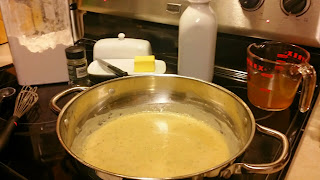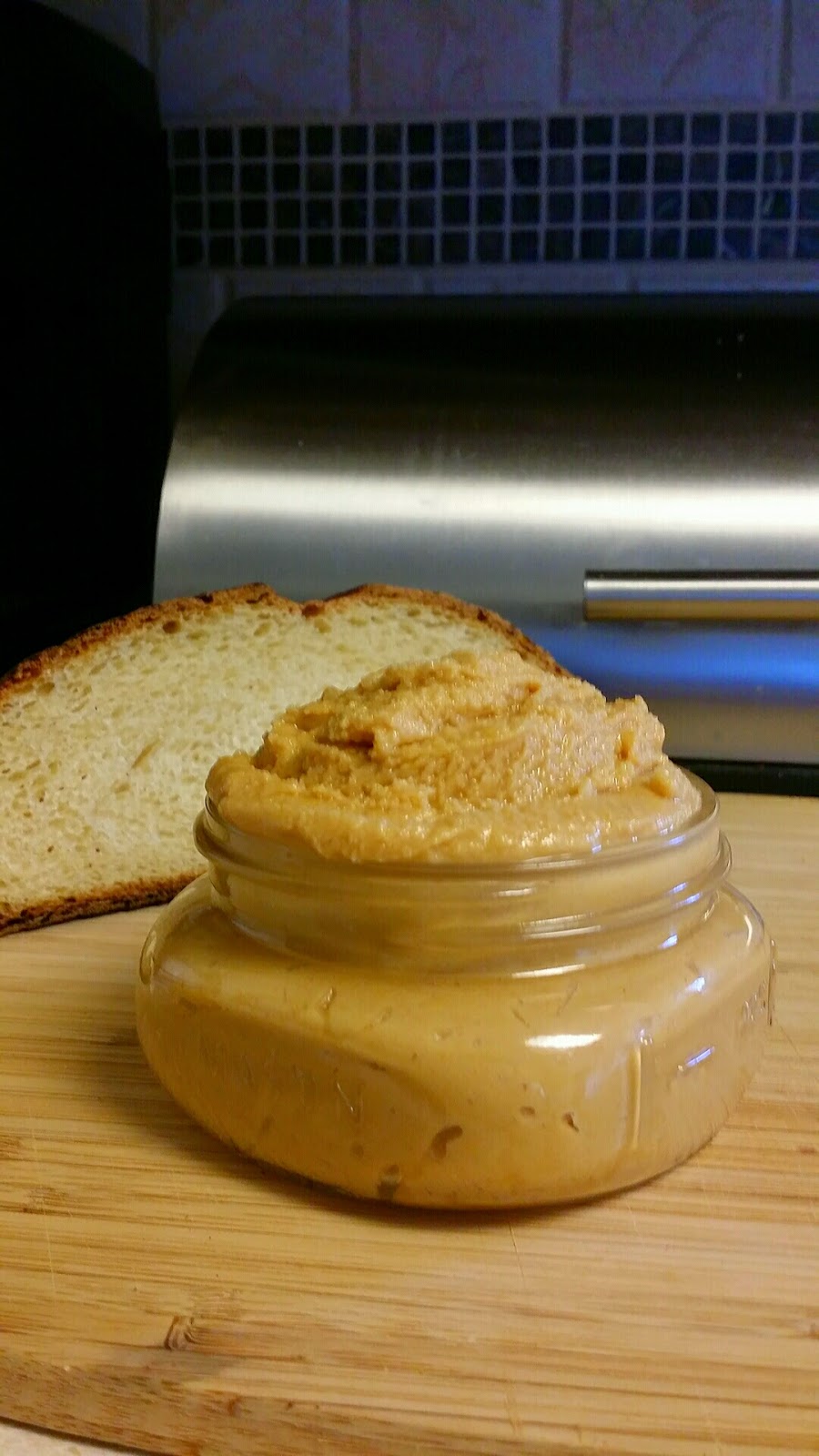Our first summer on the farm we got overwhelmed with all the preserving we had to do all at once!! Below is a post from our Facebook page a little later that year where I tried a few new tricks to save time and money while keeping our food for the year as fresh as possible.
I’ve been doing this for 3 years now and get perfect results every time 🙂
Enjoy!
 |
| 11 month old corn – still fresh and yummy! |
May 2014
I’m all about efficiency. What’s the fastest, cheapest, least wasteful way to complete a task while maintaining the highest quality possible?
I’ve seen many ways to store corn but they all looked like way too much work! Last year I put my corn in the freezer without doing anything to it. The husk and fibers kept it safe from freezer burn and drying out.
Tonight I pulled out our last two ears from last year. They still taste like they were just picked!
Above is a picture of the two ears. I peeled one to show you what they look like after a year of freezing.















